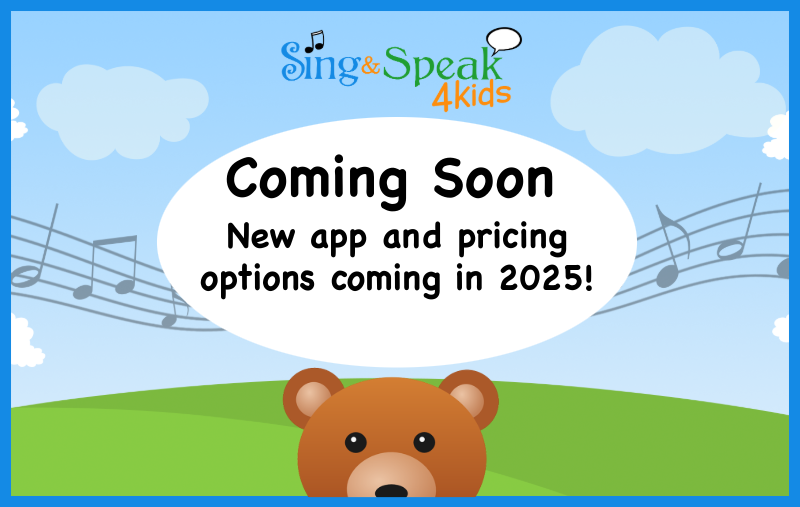Valentine’s Day is often seen as a celebration of love, affection, and connection, a time when we exchange cards, gifts, and heartfelt words to express our feelings. However, for children who communicate without words, expressing their emotions may look quite different from the typical verbal exchange of “I love you.” Children, who may rely on gestures, facial expressions, or other non-verbal cues, often convey their emotions in ways that are deeply meaningful but not always immediately understood. While they may not use language in the traditional sense, their feelings are just as rich, complex, and genuine as those who express themselves verbally.
It is essential to recognize and celebrate the emotions of children who communicate with fewer words, ensuring they are included in conversations about feelings. Just because a child doesn’t say “I love you” doesn’t mean they don’t feel it. Love is a universal experience that transcends language. Whether through a smile, a touch, or an act of kindness, these children offer their affection in ways that deserve to be understood, and cherished.
This Valentine’s Day, let us remember that love takes many forms, and its expression, no matter how it is communicated, deserves recognition. Emotions are not limited to the words we speak; they can be found in the simplest of actions and the subtlest of gestures. By acknowledging the unique ways in which children express love, we validate their feelings and foster a deeper, more inclusive sense of connection. Here are some examples of how non-verbal children may show their love and affection.
Physical Communication
- Sharing hugs
- Cuddling
- Holding hands
- Seeking proximity
Actions
- Sharing toys
- Performing repetitive actions (e.g. flapping hands) to show happiness
- Engaging in activities with others
- Eye contact
- Facial expressions (e.g. smiling)
- Gift giving

There are countless ways to communicate emotions that do not involve the use of words. While spoken language is often the first way we think of expressing feelings, non-verbal methods of communication can be just as powerful, if not more so, when it comes to conveying affection and care. Affection, for example, can be shown through simple yet meaningful actions such as embracing, cuddling, or holding hands. A smile, a shared look of understanding, or a touch can speak volumes about the love and connection we feel for others. Excitement and enthusiasm can also be expressed through gestures, jumping with joy, or showing an interest in someone else’s thoughts and feelings. These gestures, though subtle, are often the clearest signs that someone cares.
It is crucial to recognize when children display emotion. Acknowledging their emotions, even when they are not verbalized, helps children feel validated and understood. This, in turn, fosters a sense of communication and belonging. By providing positive reinforcement in response to their non-verbal expressions, children will feel encouraged to continue sharing their feelings. A simple smile, a huge, or a few words of appreciation, can go a long way in strengthening your bond. These responses tell the child that their feelings are seen and valued. It helps them understand that emotions matter, even when they cannot express them in traditional ways.
In addition to acknowledging these expressions, it is important to reciprocate them. By mirroring the child’s behavior, expressing your own emotions openly, and verbalizing your appreciation, you are showing them that love is a two-way street. When children see that their gestures of affection are returned, they learn that love is not only something they can give but also something they can receive. Ultimately, recognizing and valuing non-verbal expressions of emotion strengthens relationships and deepens our connections with one another. It ensures that everyone, especially children, feels seen, heard, and loved. By appreciating the full range of emotional expression, we create a more inclusive and compassionate environment, where all individuals feel secure in sharing their feelings in whatever form is most natural to them.
While communication styles may differ from person to person, the experience of feeling emotions is something we all share. Each child is unique, expressing their feelings in ways that feel most natural to them. Everyone craves to be appreciated, acknowledged, and understood. Even when communication is not performed in the typical way, emotions are still felt. As Valentine’s Day approaches and brings love to the forefront of our minds, it is important to remember that even if someone cannot speak, they still have rich thoughts and emotions to share. Their love and appreciation for you are just as real and meaningful, even when expressed in ways that might not always be immediately obvious.



